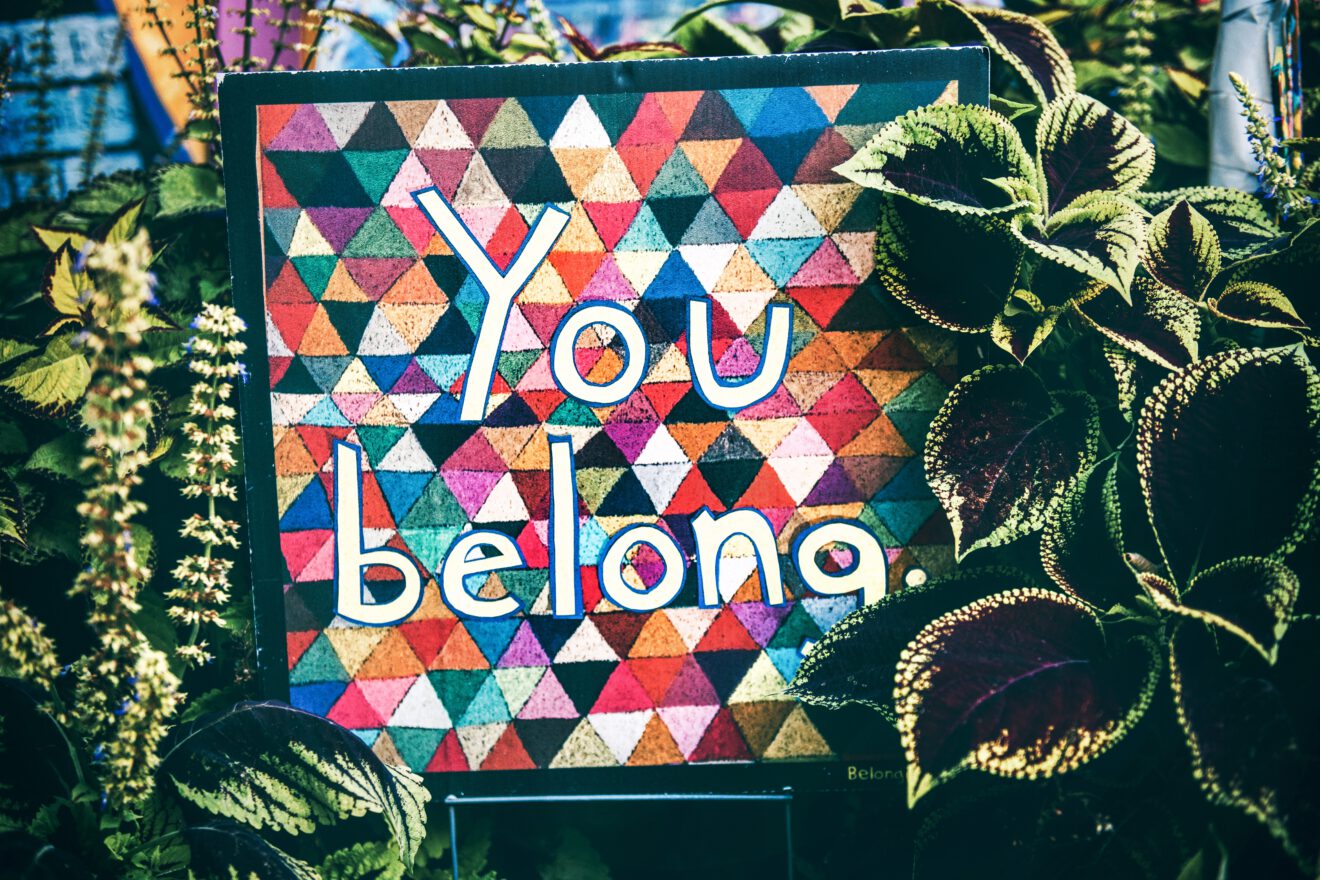A board leader invited me to participate on a national-level committee, and I excitedly entered the Zoom breakout room where this committee would have its first meeting. Unfortunately, as soon as I entered the room, one of the eight participants, who turned out to be the committee chair, said, “I don’t think you are in the right room; let me check to see where you should be.” Before I could respond, she halted the meeting and began typing furiously into her phone, so she could confirm that I was out of place. When she returned to reassure her colleagues that I belonged in the room, I was ready to leave. Being “the first and the only” Black woman in a group was nothing new. Yet, I wondered why I was volunteering for a committee that did not seem to want me.
Whenever I tell this story, someone says in a quiet voice, “That is a diversity, equity and inclusion (DEI) issue. That leader needs implicit bias training!” However, treating this as a DEI issue misses the point. A leader who only effectively leads a portion of their workforce is ineffective. If we require leaders to develop competencies in accounting, finance, marketing and sales, we should also require them to develop competencies that enable them to lead all humans. “Diversity and inclusion” is not a side thing; it is a core leadership competency and a subset of effective leadership.
Especially since the passage of federal civil rights legislation in the 1960s, many organizations have established “DEI” functions to help their organizations enhance the representation of employees from traditionally marginalized groups. Leaders ramped up these efforts after the Spring of 2020. The change occurred because it became clear that employees from historically marginalized groups have much fewer positive experiences in the workplace than employees from the reference group.
So, how should business leaders help their organizations deal with scenarios like the one above if the answer is not to treat them as implicit bias “DEI” issues? Here are three actions to drive meaningful change:
Set the tone from the top
Whether you count from the 1960s or May 2020, progress on DEI has been halting and unsatisfactory, partially because organizations don’t have the “will” to make the necessary changes. Top-level leaders must demonstrate the will. They must set the vision (including defining the desired success outcomes), articulate the “why” so all employees can understand, coach and train all leaders and managers to implement those outcomes, and then hold managers accountable for delivering the new desired behaviors.
Tim Ryan, the senior partner and chairman of PwC US, says that when it comes to diversity, business leaders must be “… navigators, who set direction, check progress continuously and turn around when they hit dead ends. They also need their people up and down the line to do the same ….” That is why, in 2016, after two fatal police shootings of Black men, Ryan convened an unprecedented company-wide meeting to talk candidly with employees about race. Then, in 2020, PwC US publicly revealed detailed diversity data about its workforce because “vulnerability is a necessity if we want to lead effectively on diversity.”
Recognize that inclusion tops diversity
The point above leads me to this next point. The PwC example we just discussed is about “diversity” – the representation of people from certain demographic groups in an organization relative to their availability in their available labor force. However, organizations must also pay attention to ”inclusion” – the day-to-day experience of those employees at work. Hiring a more diverse workforce without creating an inclusive culture can result in frustrated and disengaged employees, disoriented leaders and awkward colleague interactions. For example, in an inclusive culture, all employees report feeling respected, have equitable access to development opportunities and get promoted based on merit.
Focus on coaching leaders to change behavior
Implicit (unconscious) bias awareness training became popular in the two years since police officers killed George Floyd. That training acknowledges that we mistakenly think our brains always make the right decision when, in reality, brains are really for making quick survival judgments – the so-called “fight or flight” response. This fast brain activity can cause us to make faulty, biased decisions, which is implicit (unconscious) bias. In the workplace DEI context, implicit bias can manifest in stereotyping that affects whether or not marginalized employees are hired, promoted, trained, compensated, and managed equitably.
Unfortunately, most implicit bias training focuses on awareness and not behavior change, which is the opposite of what is needed. Implicit bias training must focus on helping managers understand how they are currently behaving, how that behavior impacts employees and then defining an action plan for making the changes that could have the desired positive effect. The best way to accomplish this kind of change is for organizations to provide 1:1 coaching for managers to help them make these changes in a behavior-based, accountable framework.
Organizations can enhance diversity and inclusion by taking a strategic approach, leading from the top and preparing managers to lead a diverse workforce. Managers who understand which behaviors they can keep, which they should stop and which new behaviors they should adopt will enhance their overall effectiveness.
Gena Cox, Ph.D., is CEO of Feels Human,is an organizational psychologist, executive coach and author who urges executives to stop using 2019 behavior to address 2022 workplace challenges. Her book, “Leading Inclusion,” helps corporate leaders build inclusive organizations from the top down. Previously, Gena advised corporate leaders on how to build psychologically healthy and engaging organizational cultures.
Opinions expressed by SmartBrief contributors are their own.
_________________________
Subscribe to SmartBrief’s FREE email newsletter on leadership. It’s among SmartBrief’s more than 250 industry-focused newsletters.
